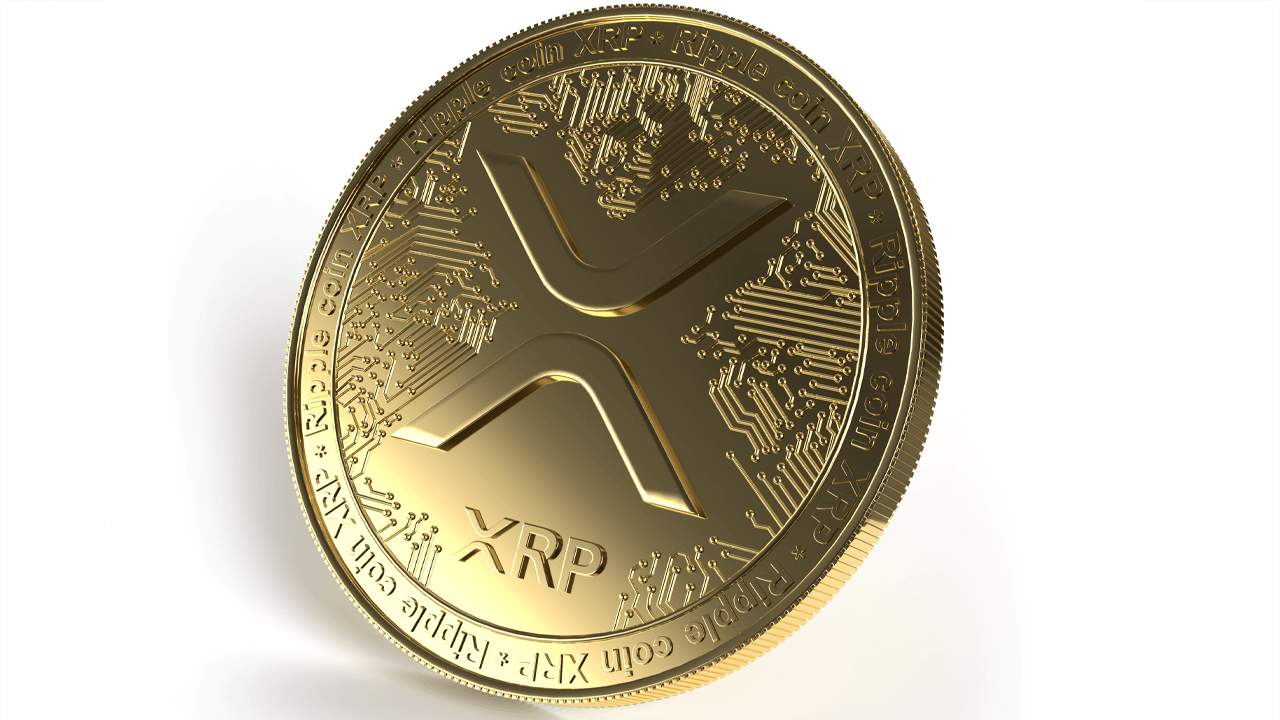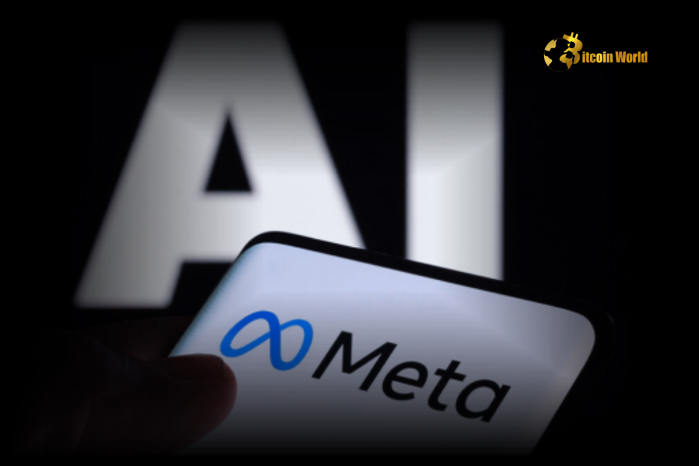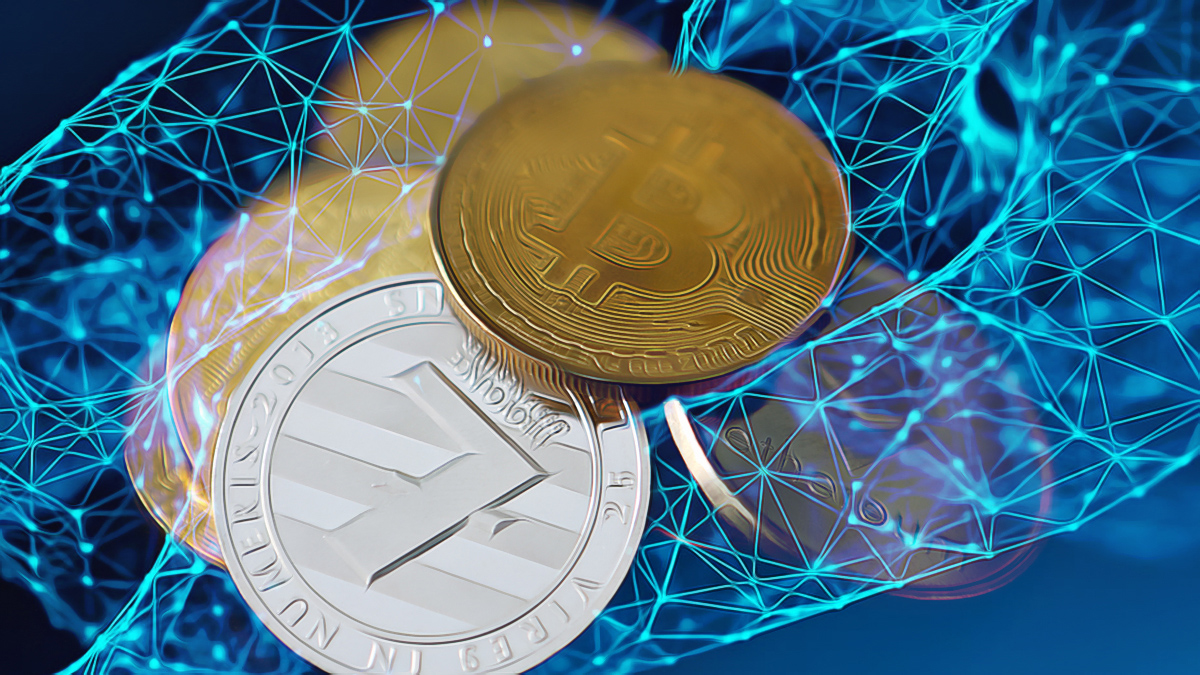
Changpeng “CZ” Zhao, the co-founder and former CEO of Binance, has publicly revealed his crypto portfolio, mostly dominated by BNB Chain’s native token. Zhao’s portfolio heavily favors BNB, holding a
CoinOtag
You can visit the page to read the article.
Source: CoinOtag
Disclaimer: The opinion expressed here is not investment advice – it is provided for informational purposes only. It does not necessarily reflect the opinion of BitMaden. Every investment and all trading involves risk, so you should always perform your own research prior to making decisions. We do not recommend investing money you cannot afford to lose.
Decoding Dollar Index Stability: Investor Insights on Economic Data
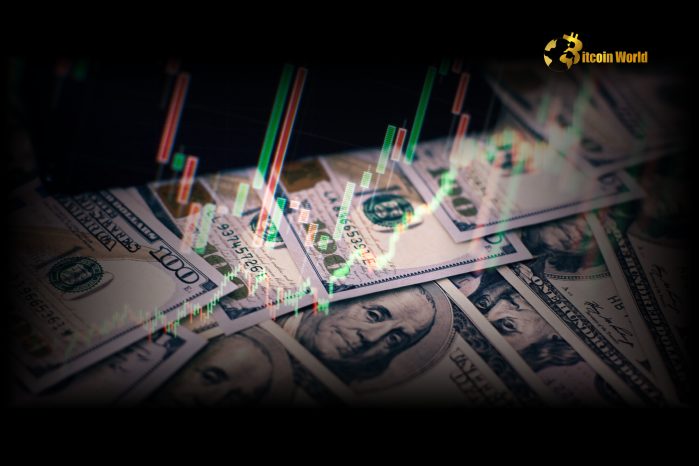
In the ever-fluctuating world of cryptocurrency, keeping a close watch on traditional financial indicators can provide valuable insights. One such indicator, the Dollar Index , has recently shown remarkable stability amidst a flurry of economic data releases. But what does this mean for crypto investors, and why should you care? Let’s dive into the factors influencing the Dollar Index and what it signals for the broader financial landscape. What is the Dollar Index and Why Should Crypto Investors Care? The Dollar Index (DXY) is essentially a benchmark that measures the value of the U.S. dollar against a basket of six major world currencies: the Euro, Japanese Yen, British Pound, Canadian Dollar, Swiss Franc, and Swedish Krona. Think of it as a report card for the dollar’s strength on the global stage. For cryptocurrency enthusiasts, understanding the Dollar Index is crucial because: Inverse Relationship: Historically, there’s often an inverse relationship between the Dollar Index and cryptocurrencies like Bitcoin. When the dollar weakens (Dollar Index falls), assets like Bitcoin, often seen as alternative stores of value, can become more attractive. Conversely, a stronger dollar can sometimes put downward pressure on crypto prices. Global Market Sentiment: The Dollar Index reflects broader market sentiment and risk appetite. A strong dollar often indicates a ‘risk-off’ environment where investors flock to the perceived safety of the U.S. dollar. Conversely, a weaker dollar can suggest a ‘risk-on’ mood, potentially benefiting riskier assets like cryptocurrencies. Economic Health Indicator: Changes in the Dollar Index can signal shifts in the global economic landscape. It can reflect expectations about U.S. interest rates, economic growth, and overall financial stability, all of which indirectly impact the cryptocurrency market . So, while you’re tracking Bitcoin halving or the latest DeFi trends, keeping an eye on the Dollar Index can offer a broader perspective on macroeconomic factors influencing your crypto investments. Economic Data in Focus: What’s Moving the Dollar Index? Recently, the Dollar Index has remained broadly unchanged, hovering around a specific range. This stability isn’t happening in a vacuum. It’s a result of investors carefully analyzing a continuous stream of economic data releases from around the world. What kind of data are we talking about? Inflation Figures: Consumer Price Index (CPI) and Producer Price Index (PPI) data are closely watched. These figures provide insights into inflationary pressures, which can influence central bank policies and currency valuations. Employment Reports: Non-Farm Payrolls, unemployment rates, and job openings data are key indicators of the health of the labor market. Strong employment data can boost the dollar, while weaker figures might have the opposite effect. GDP Growth: Gross Domestic Product (GDP) figures reflect the overall economic output of a country. Stronger-than-expected GDP growth in the U.S. can strengthen the dollar. Retail Sales: Retail sales data indicates consumer spending, a major driver of economic growth. Positive retail sales numbers can support the dollar. Manufacturing and Services PMI: Purchasing Managers’ Index (PMI) data provides insights into business activity in the manufacturing and services sectors. Strong PMI readings can be dollar-positive. Investors are meticulously parsing through these data points to gauge the future trajectory of the U.S. economy and, consequently, the dollar. The market is essentially in a wait-and-see mode, trying to decipher whether the latest economic signals point towards sustained growth, potential slowdown, or persistent inflation. Decoding Investor Sentiment: Why is the Dollar Index Not Making Big Moves? The current stability of the Dollar Index suggests a state of equilibrium in market sentiment . Several factors could be contributing to this: Factor Description Impact on Dollar Index Mixed Economic Signals Data releases are not consistently pointing in one direction. For example, strong jobs data might be offset by slightly higher inflation figures, creating uncertainty. Reduces strong directional bets on the dollar, leading to stability. Central Bank Communication Central banks, particularly the U.S. Federal Reserve (Fed), are carefully communicating their policy intentions. This forward guidance aims to manage expectations and reduce volatility in the currency market . Calms market nerves and prevents sharp swings in the Dollar Index. Global Economic Uncertainty Geopolitical tensions, supply chain disruptions, and varying economic recovery speeds across different regions create a complex global economic picture. Investors are hesitant to make aggressive moves in any direction, leading to range-bound trading for the Dollar Index. Positioning Large institutional investors might have already adjusted their positions based on previous expectations, and now they are waiting for clearer signals before making further significant changes. Limits the potential for large price swings as major players are not aggressively buying or selling the dollar. Essentially, the market is in a phase of digestion and reassessment. Investors are waiting for a more decisive set of economic data or clearer policy signals to determine the next major move for the Dollar Index. Actionable Insights for Crypto Investors: Navigating the Currency Market So, how can crypto investors leverage this understanding of the Dollar Index and market sentiment ? Diversification Strategy: Consider the Dollar Index as one of many factors when diversifying your crypto portfolio. If you anticipate dollar weakness (and a falling Dollar Index), you might consider increasing your allocation to cryptocurrencies. Risk Management: Be aware of potential correlations. A strengthening Dollar Index could, in some scenarios, exert downward pressure on crypto prices. Manage your risk accordingly, especially if you are highly leveraged. Stay Informed: Keep an eye on upcoming economic data releases and central bank announcements. These events can trigger shifts in market sentiment and impact both the Dollar Index and the cryptocurrency market . Dollar-Cost Averaging (DCA): In times of Dollar Index stability and currency market uncertainty, DCA can be a prudent strategy. It helps to mitigate the risk of trying to time the market and allows you to accumulate crypto assets gradually. Broader Macro View: Don’t just focus on crypto-specific news. Understanding macro trends, including the Dollar Index, interest rates, and inflation, provides a more holistic view of the investment landscape. The Unfolding Narrative of the Dollar Index and Economic Data The Dollar Index’s current stability amidst ongoing economic data releases is a fascinating snapshot of the current financial climate. It reflects a market carefully weighing various factors, from inflation and employment to global uncertainties. For crypto investors , understanding these dynamics is not just about tracking numbers; it’s about gaining a deeper insight into the forces that can influence both traditional and digital asset markets. By staying informed and considering the broader macroeconomic context, you can make more informed decisions and navigate the exciting, yet complex, world of cryptocurrency investments. To learn more about the latest Forex market trends, explore our article on key developments shaping US Dollar liquidity. CoinOtag
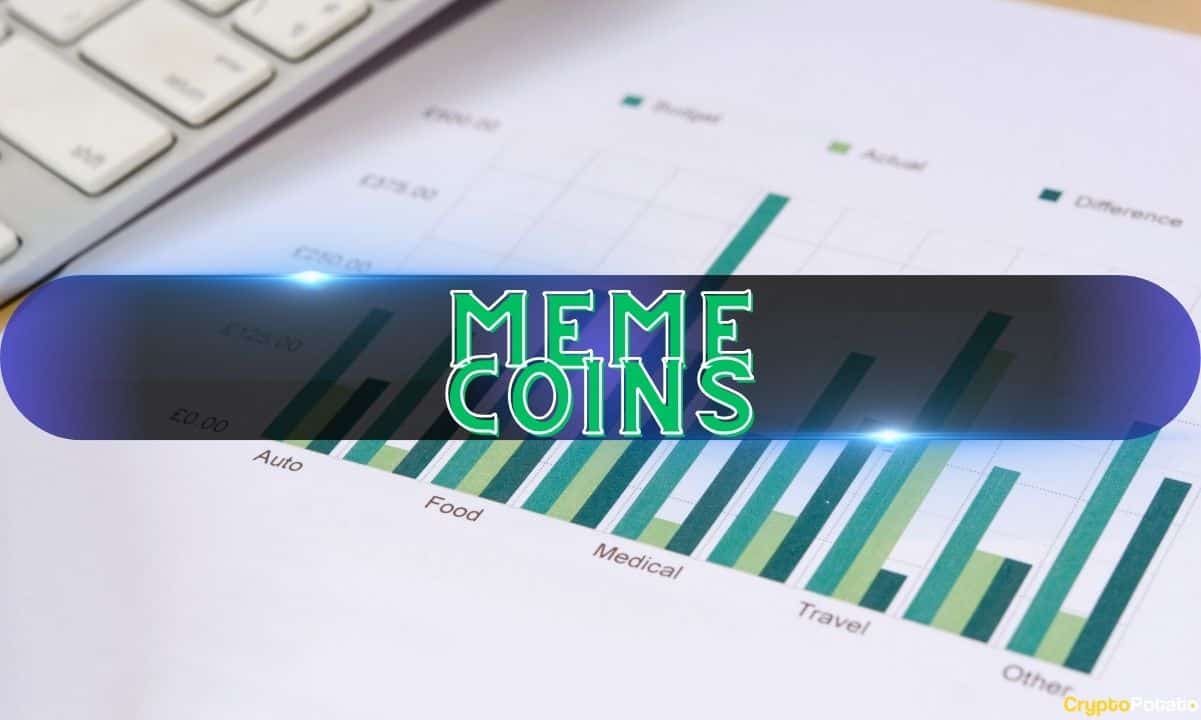
Why Meme Coins Represent Archetypes of the Collective Unconscious: CryptoQuant CEO
The meme coin sector is growing rapidly, with thousands of tokens released daily. While many market experts have bashed the industry and its inherent lack of utility, some others believe the sector is not completely useless. One of them is Ki Young Ju, founder and CEO of the market analytics platform CryptoQuant. Ju says meme coins are “archetypes of the collective unconscious.” Archetypes of the Collective Unconscious According to the Swiss psychiatrist Carl Jung, who developed the collective unconscious theory, universal, primordial images and patterns of thoughts exist within the shared unconscious mind of all humanity. These thoughts and images are considered archetypes and manifest in myths, dreams, and cultural symbols. They represent the fundamental aspects of the human experience and influence their behavior and perception of the world. In other words, archetypes are patterns of thought that strive for realization within a human environment. Hence, the process of actualizing these thoughts influences the development of an individual’s unique identity and guides their journey of self-discovery and transformation. Jung’s theory classifies archetypes of the collective unconscious into four main groups: self, persona, shadow, and anima/animus. Going by the classification, Ju believes animal meme coins reflect shamanism, a spiritual practice involving interacting with spirits through altered states of consciousness. Shamans revere animals and venerate them as spirit messengers and guides. Celebrity meme coins, on the other hand, reflect higher religions that revere humans. Meme Coins vs. Art Markets There are a lot of animal-themed meme coins, and they include the dog-themed projects Dogecoin ( DOGE ), Shiba Inu (SHIB), Bonk (BONK), Floki ( FLOKI ), and dogwifhat (WIF). Likewise, the market has seen a surge in the launch of celebrity meme coins like Official Trump ( TRUMP ), Mother Iggy ( MOTHER ), Official Melania Meme ( MELANIA ), Jason Derulo ( JASON ), Timeless Davido (DAVIDO), and Caitlyn Jenner ( JENNER ). Ju pointed out that human evolution has been driven by shared beliefs that encompass worshiping, forming groups, and collaborating and that meme coins are an outcome of such developments. Therefore, people who thrive as entrepreneurs in the crypto industry are those who can create something people believe in. Meanwhile, the CryptoQuant founder has also likened meme coins to art markets, insisting that the value of both sectors is assessed through narrative. The post Why Meme Coins Represent Archetypes of the Collective Unconscious: CryptoQuant CEO appeared first on CryptoPotato . CoinOtag

